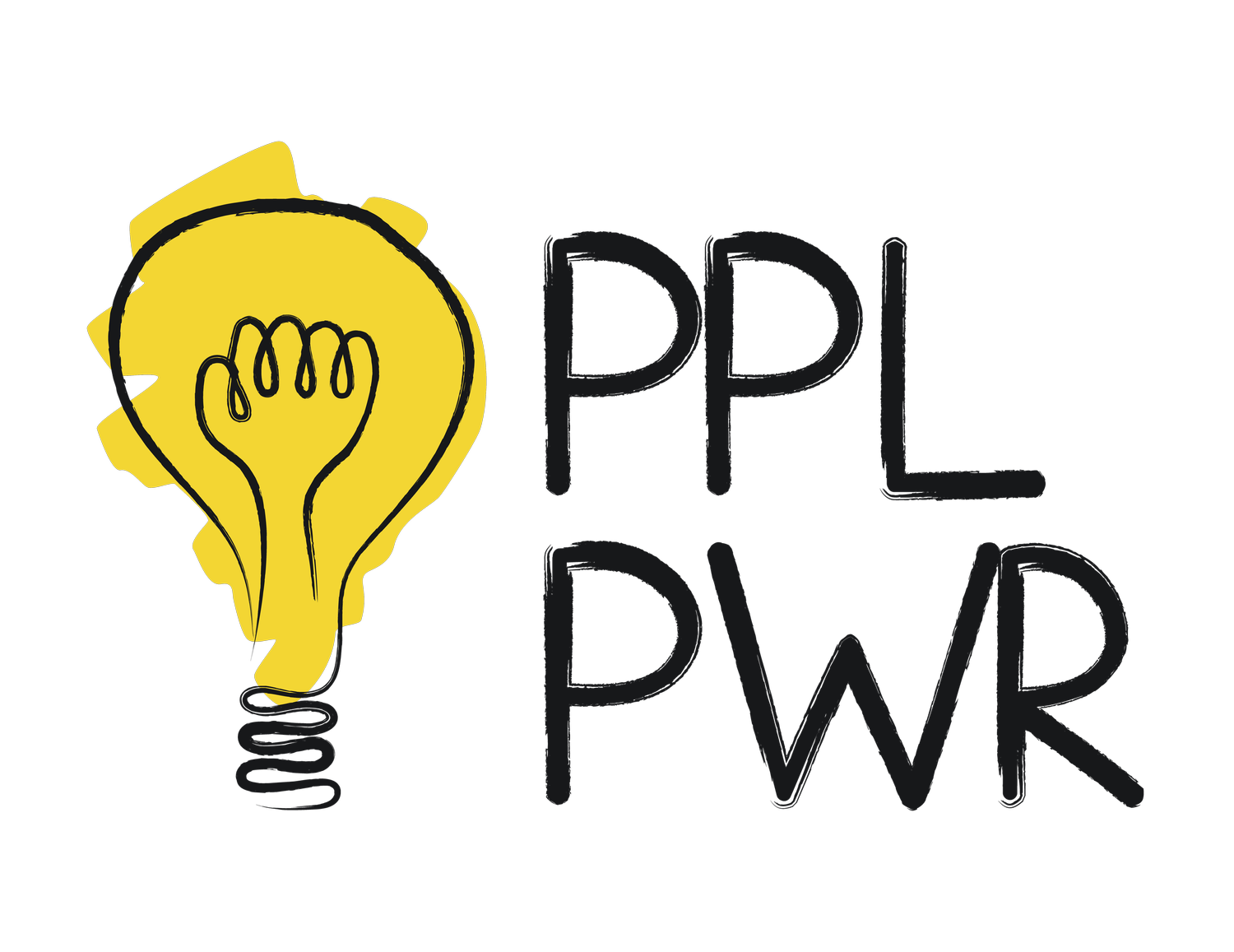Climate Action Comics: Everyday Stories of Climate Change
An international collaboration between a group of researchers has led to the creation of a comic that documents the realities of climate change for low-income families across the world.
Front cover of Everyday Stories of Climate Change
Photo credit: Gemma Sou
Everyday Stories of Climate Change is a graphic novella written by geography and environmental researchers hailing from three different continents: Asia, Africa, and Australia.
Although the comic characters are fictionalised, the stories are based on real-life accounts the researchers have constructed from interviews and surveys. Testimonies have been gathered from respondents in Bangladesh, South Africa, Bolivia, Puerto Rico, and Barbuda.
Designed as a learning resource for secondary school students, Everyday Stories of Climate Change serves as a useful departure point for discussions about the real-world impacts of climate change across a broad geographical terrain.
The comic opens with a student attending a lesson on the global effects of climate change from a classroom in Australia.
A lesson on the global effects of climate change
Photo credit: Gemma Sou
The imagined journey then begins in Khulna, Bangladesh, where sea-level rise increases the salinity of rivers, destroying crops and contaminating freshwater supplies.
Sea-level rise contributes to river salinisation in Bangladesh
Photo credit: Gemma Sou
Next, the focus shifts onto drought in Cape Town, South Africa, where the legacy of apartheid affects access to clean water sources and safe housing.
Unequal access to clean water in South Africa
Photo credit: Gemma Sou
In Cochabamba, Bolivia, unpredictable rainfall and low-paid jobs increase rates of migration. In Toa Baja, Puerto Rico, the devastation of hurricane Maria leads to food insecurity.
Food insecurity in the aftermath of hurricane Maria
Photo credit: Gemma Sou
Finally, the journey ends in Codrington, Barbuda, where disaster capitalists attempt to build luxury hotels on communal land after hurricane Irma.
Private businesses displace locals from their communal land in Barbuda
Photo credit: Gemma Sou
The transportive journey that students embark on as they gain an insight into the lived experiences of climate change can be used as a springboard for navigating the politics of climate change in a classroom environment.
By humanising issues such as migration and land displacement, teachers can frame lessons through an accessible text that engages young people in climate conversations.
The creators of the comic, Gemma Sou, Adeeba Nuraina Risha, and Gina Ziervogel, were keen to avoid reductive representations of the global south as a single entity without agency.
“We aimed to bring through the personalities, humour, voices, and identities of people because the media often homogenise people into groups such as ‘climate victims’ or ‘poor people’.”
Accordingly, at the heart of each story is the way in which communities come together to find workable solutions to climate change.
For example, in Bangladesh, a family grows watermelons to adapt to increasingly salty soil conditions. In South Africa, a woman lobbies against the city government when poorly constructed infrastructure depletes valuable water supplies.
An Indian family plant watermelon seeds to deal with salty soil conditions
Photo credit: Gemma Sou
The common thread that runs through each first-person narrative is that those affected by climate change are not powerless to change, but rather active agents of change.
According to Geography Education Online, ‘The novella helps to fill an important gap in climate education by allowing students to adopt a social science perspective.’
By raising awareness of the social, cultural, and psychological impacts of climate change, the comic creators reinforce how environmental issues must be taken up by the sciences as well as the humanities.
Perhaps most crucially, the comic puts climate education on the map and addresses the concerns young people have about the future of the planet in a way that leaves room for hope.
If you would like to read Everyday Stories of Climate Change, download a copy here. If you are a teacher interested in integrating the comic into your lessons, download the educator’s guide here.








